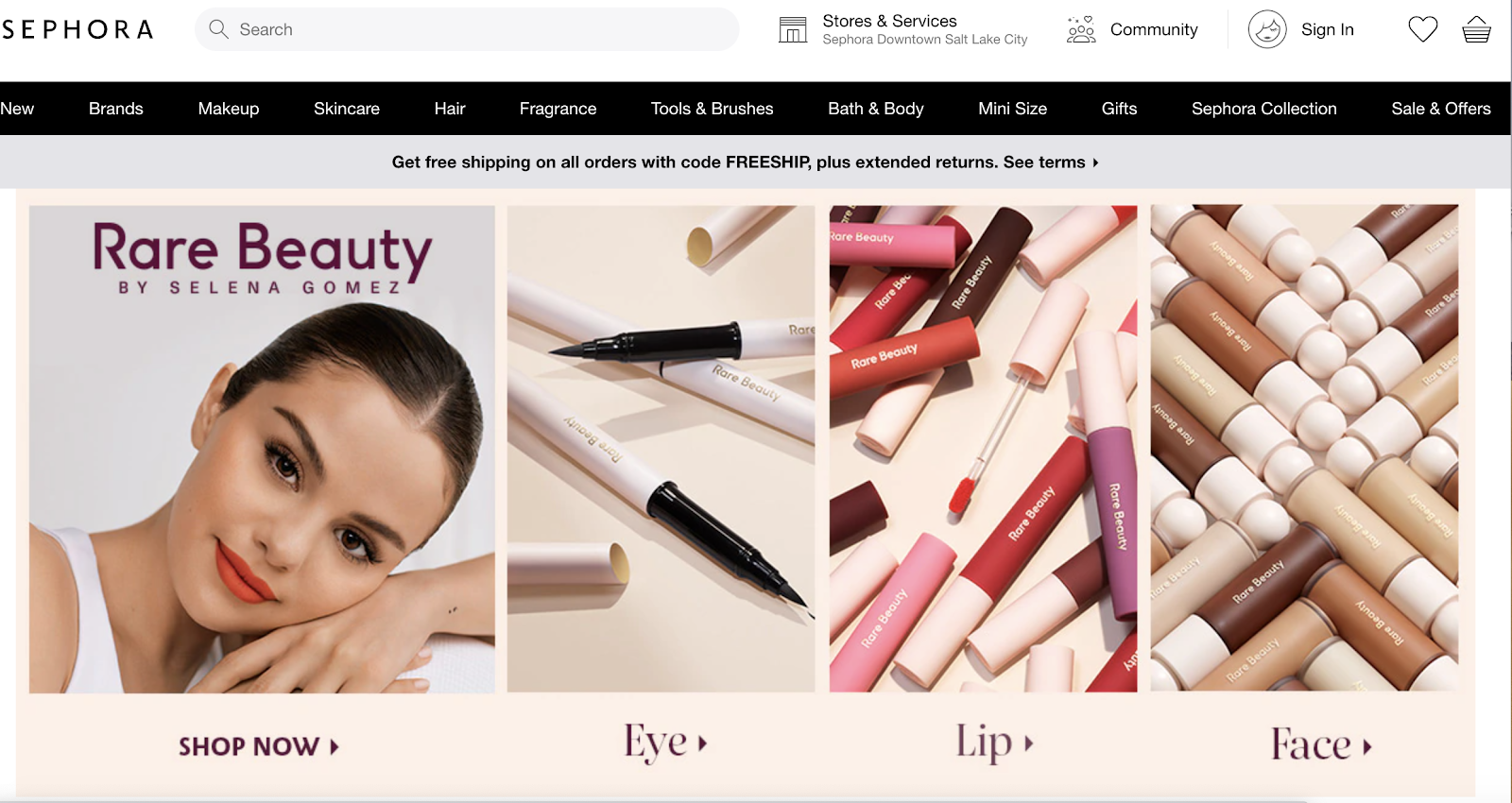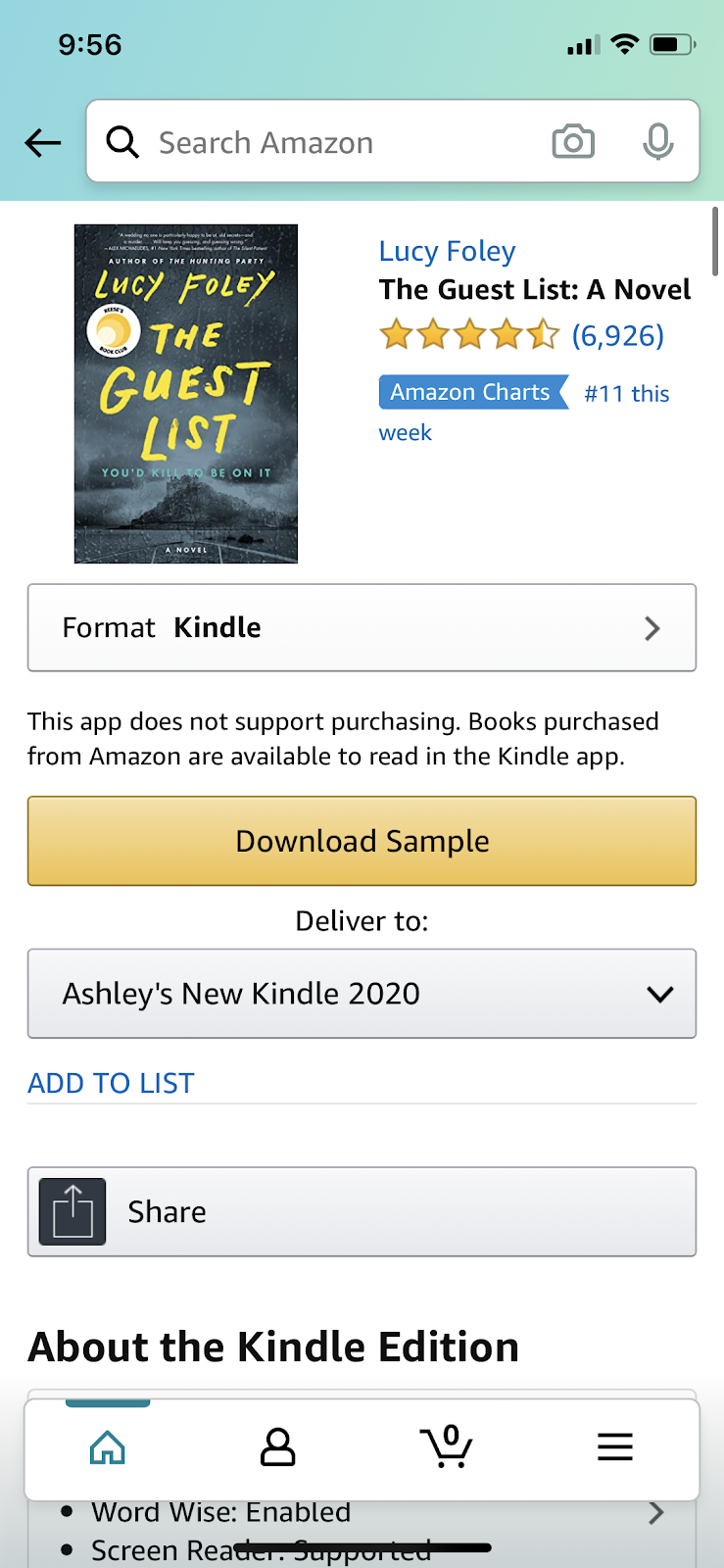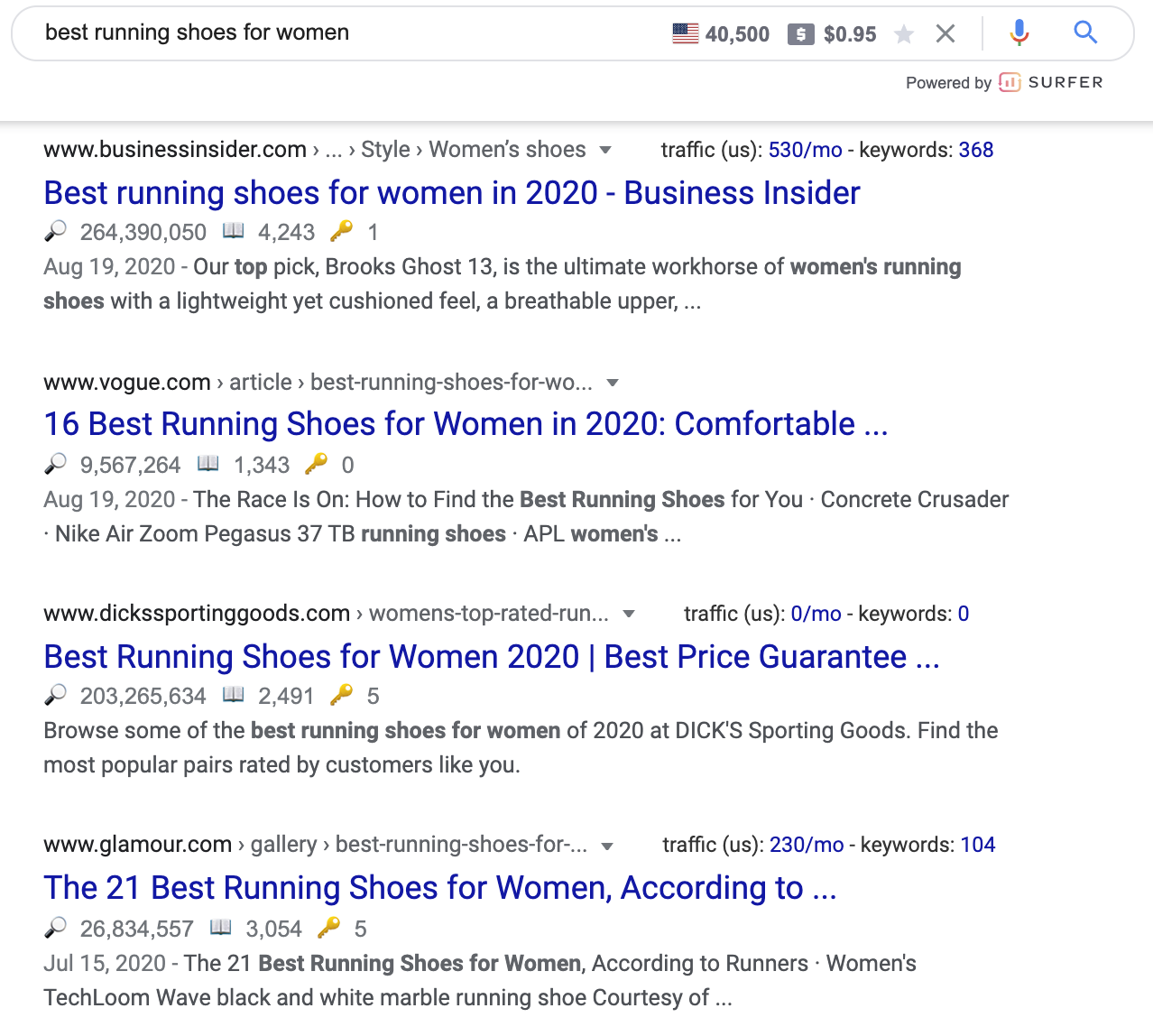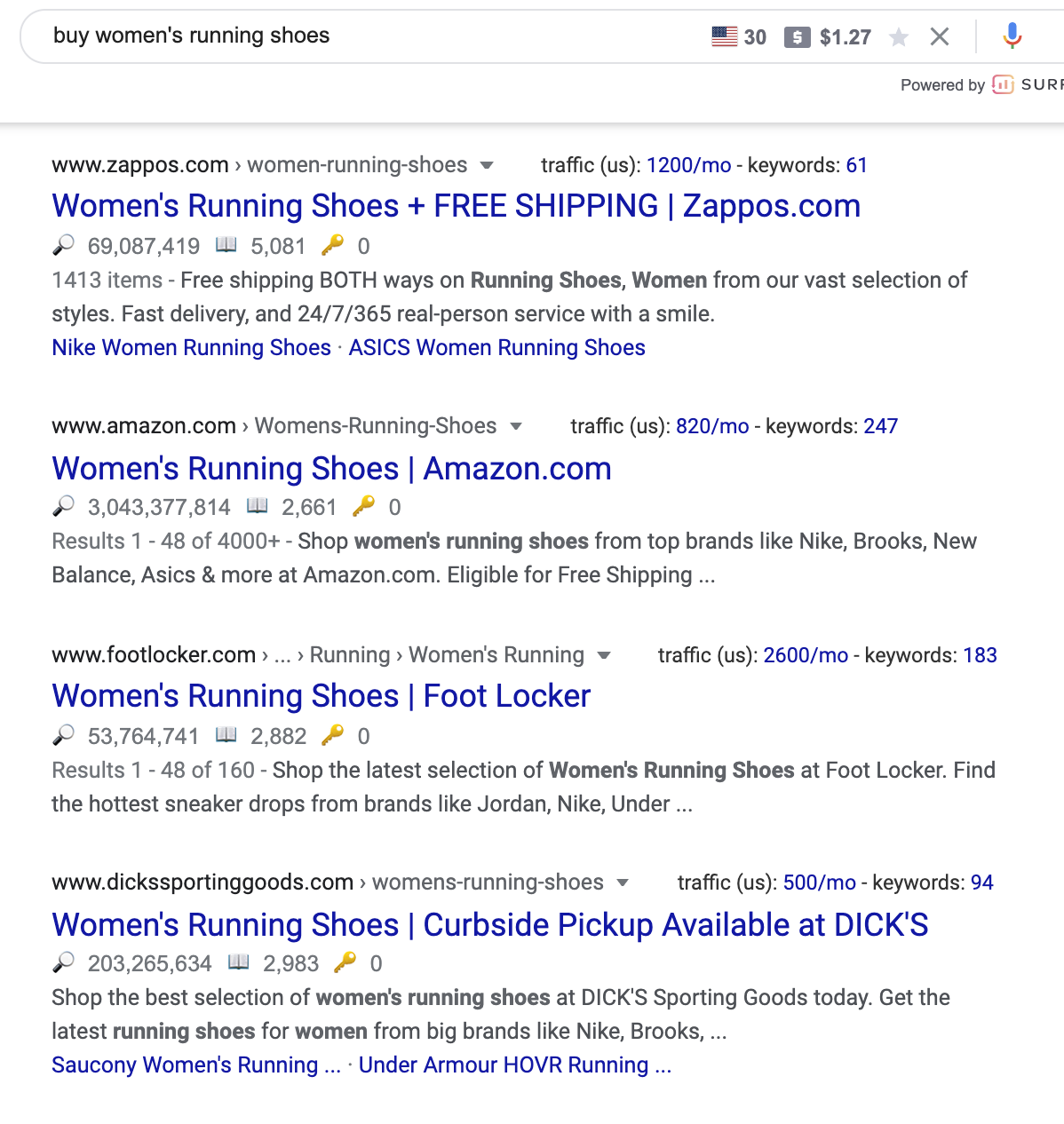You’ve heard it a million times before. Building a website and boosting website traffic is an integral step in growing your business.
You have already launched a great website, and maybe you are even seeing significant spikes in traffic. But, are your website visitors converting into loyal customers? If not, what gives?
If you see increases in traffic but struggle to get conversions, you’re not alone. Many website owners have the same problem. It doesn’t mean your website is garbage, and you need to scrap the whole thing. It just means you may have a kink in your sales funnel or website user design that needs straightening out.
This article will explain some possible reasons why your visitors might not be converting and what you can do to improve your sales funnel and site design.
What is a sales funnel?
A sales funnel is a list of steps a website visitor takes from the first time encountering your website all the way through the conversion process.
The sales funnel will look slightly different depending on who your customers are, what your business is, and how your website is set up.
A sales funnel for a typical eCommerce website may include the following. The customer may:
- Click through to your website
- Read your blog content
- Click on a link on your blog content that sends them to the product page
- Land on your product page
- Browse your listings
- Add an item to their cart
- Complete the purchase
Each of these steps is part of a customer’s process coming in contact with your website and, ultimately, becoming a customer.
Fine-tuning your sales funnel means tweaking your website in a way that skillfully guides new website visitors through the conversion process.
Let’s talk about what might be hindering your sales growth and how to strategically improve your website to boost revenues.
1. Learn more about your target audience
As mentioned earlier, your sales funnel will look different depending on who your customers are. To create a converting website, you need to know everything you can about your customers.
The first step is to create customer profiles based on what you already know about your audience.
If guessing at your customer profiles based on preconceived ideas doesn’t offer enough information, or if you’re not receiving conversions based on your current customer profiles, conduct market research to capture better data.
Real market research will provide insights into who your customers are, what they like, how much they want to spend, how they feel about your brand and products, etc.
Armed with real data, you can fine-tune your customer profiles and segments and create a better website user experience, based on accurate data.
2. Create clear user flow
A substantial contributing factor to an excellent conversion funnel is clear user flow. In other words, when a new visitor lands on your website, it should be abundantly clear what the visitor should do and how to do it.
Here are some ways to create clear user flow in your website design, so your visitors will never get confused:
- Use a scrolling home page. Most internet users browse websites using a mobile device. The natural pattern for consuming content is to scroll from the top of the page to the bottom. Put the most crucial brand information at the top of your home page. Then, guide users step-by-step as to what they should do by ordering your content comprehensively.
- Include a navigation bar. Websites can include hundreds of pages. Enable your website visitors to quickly navigate back to your main pages (home, about, product, contact, etc.) by having a top navigation bar.
- Call your audience to action. The best way to get your visitors to convert is to tell them precisely what you want them to do in a call to action. If you want them to buy something, include a clickable that says “buy now” and automatically advances the user to a shopping cart.
- Guide your audience. No matter what page a visitor lands on, they should know exactly where you want them to go next. For example, if they land on a product page, provide buttons to add products to carts. Then, make it clear how to click on the cart. Once the customer is in your cart, highlight how they can complete the purchase. As soon as the purchase is complete, redirect your website visitors to another critical website page.
- Show users exactly how to purchase products. It doesn’t matter what you sell, or even how many products you sell. What matters is that you organize your products and navigation in a way that makes it easy for users to find what they want, add it to their cart, and complete a purchase. Always include a link to your store in your navigation bar. If you sell several products, group them together in subcategories and list them in a secondary menu.
3. Make usability your number one website goal
The best websites are the ones where customers can move as seamlessly through the purchasing process as if they were just walking into a convenience store and buying a pack of Twinkies. Consumers shouldn’t have to think for one second about the buying process in a brick-and-mortar store or on an eCommerce website.
Customers should be able to land on your website, click on your products, add the products to their cart, see how many items are in the cart, make adjustments within the cart, and then purchase right then and there.
There are thousands of examples of excellent website usability. One of my personal favorite user interfaces is the Sephora website.
Sephora has hundreds of products. Yet, somehow, make-up lovers can find what they are looking for and make a purchase in only seconds. It takes less time to make an online purchase on the Sephora site than it does to go into the store at the mall.
I credit Sephora’s excellent navigation, smart organization, and smooth website usability features.
When you navigate to the home page, Sephora provides several straightforward ways to find products. The website has a clear navigation bar with all relevant make-up and skincare products. The website also divides products up by area of the face, new products, bestsellers, and more.

My favorite example of poor usability is from industry leader Amazon. I read voraciously on the iPhone Kindle app.
When I finish a book, the first thing I do is navigate to my Amazon app to look up a new book. I always forget that you can’t buy Kindle books via the iPhone app. It’s so frustrating to put down my phone and walk to my computer to make a purchase. I know, first world Millennial problems.

I wouldn’t presume to tell Jeff Bezos how to run Amazon. However, as a consumer, I can say I would buy way more books if the mobile interface was more accommodating.
The moral of the story is if you want to convert website visitors into paying customers, make it so easy to use your website that they don’t even have to think about it.
4. Optimize your site to attract higher-quality traffic
The words you write on your website matter. Big time. Google’s algorithms will review all of your site’s content and, based on what you’ve written, will return your website in the most relevant search results.
If your intention is to sell products, but your website is full of keywords and content that merely educates, then you may be attracting the attention of people who only want to research or learn. Not buy.
A good solution is to optimize old content with keywords that indicate buying intent. When internet users type in words like “buy,” “free shipping,” “discounts,” “purchase,” Google will target pages that are selling products, and return results for internet users who are further down the sales funnel.
For example, let’s say you sell shoes. If your content and target keywords are things like, “the best running shoes,” “how to find the best running shoes,” and “running shoes for women,” you probably are getting visitors that want to read reviews, learn about different shoes, and check out different styles.
You’ll notice in the image below that if I type in “best running shoes” for women into Google, content that shows up includes reviews from Business Insider, Vogue, Glamour, and more.

If you optimize your website content and include high intent keyword search terms like “buy the best running shoes,” “women’s running shoes on sale,” and “free shipping for the best running shoes,” for example, then you’ll start attracting customers that are looking to purchase.
Google’s search results support this idea. When I type in “buy women’s running shoes,” Google shows products from companies like Zappos, Amazon, Foot Locker, and other places where online consumers go to make purchases.

To fully optimize your website to attract more qualified traffic, it’s smart to seek out the help of a digital marketer, but you can take some initial steps yourself. Always do the following:
- Tailor your content around customers that are actively looking to buy
- Include buyer intent keywords in your headlines
- Always write a clear call to action and invite customers to buy
Not all of your content has to be promotional, but you shouldn’t be afraid to clearly ask for the sale via targeted copywriting.
A secondary and quicker way to attract qualified leads is to run a paid search advertising campaign through Google AdWords.
With a smart paid search campaign, you can create a sales-driven landing page with a clear call to action. Then, you can bid on high-converting search terms that reflect buyer intent.
The best news about paid advertising campaigns is you don’t have to wait months for Google to start ranking your organic content. As soon as you bid on a keyword, Google will place your ad, and you’ll start seeing a boost in traffic.
New to paid search advertising? Get help from Virtue Media’s PPC pros.
5. Test your website
Want to hear a personal eCommerce horror story? Good. I’ll tell you. I recently launched my digital assets on my personal website for freelance writers (yay me!).
I was so proud of my store and immediately started promoting my products.
A couple of weeks went by and I had ZERO sales. Not even from my mom, you guys.
I decided to double down and started running Facebook ads.
Crickets.
I don’t like to give up, so I sent out one more email newsletter with killer copy and a clear call to action. Guess what happened?
Emails started pouring in that said things like, “Hey dummy, I keep trying to purchase your products. Every time I press ‘confirm payment,’ it says ‘error processing payment.’ I know my credit card is right. Is there a way I can pay for these digital assets that I’m dying to try?”
Gasp!
I had taken all of the right steps building my conversion funnel, minus the most important one. I didn’t test to see whether or not I had set up my payment methods correctly.
It took two seconds to fix the payment problem and I could have saved money, time, energy, and embarrassment had I just tested the slightly more technical parts of my website.
If your website visitors aren’t converting, double-check the obvious stuff. Make sure your plugins are working properly, that your PayPal or Stripe accounts are verified, and that people can purchase your products.
Making Your Website Convert
With over a billion websites on the internet, it can seem impossible to create an eCommerce website that converts. But, it’s not.
As you learn more about your audience, fine-tune your sales funnel, and optimize your website design for user flow and usability, you’ll start seeing boosts in both high-quality traffic and conversions.
One of the best things about websites is you can always make changes, test your tools and content, and update your site as trends change. To accomplish this, make sure you invest in a hosting company that is current, intuitive, and provides access to the best technology, tips, and cusotmer service.
In other words, check out Virtue Media today. You’ll love how easy it is to navigate our website builder or set up a WordPress website with a click of a button.


![How To Convert Organic Traffic Into Loyal Customers [5 Tips] How To Convert Organic Traffic Into Loyal Customers [5 Tips]](https://mdvirtue.com/wp-content/uploads/2020/12/How-To-Convert-Organic-Traffic-Into-Loyal-Customers-5-Tips.jpg)

![Yes, B2B Websites Can Use Personalization Too [Here’s How]](https://mdvirtue.com/wp-content/uploads/2022/02/Yes-B2B-Websites-Can-Use-Personalization-Too-Heres-How-400x250.jpeg)

0 Comments